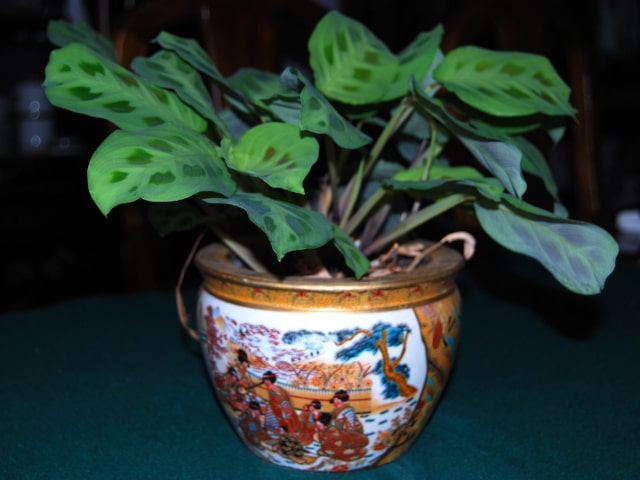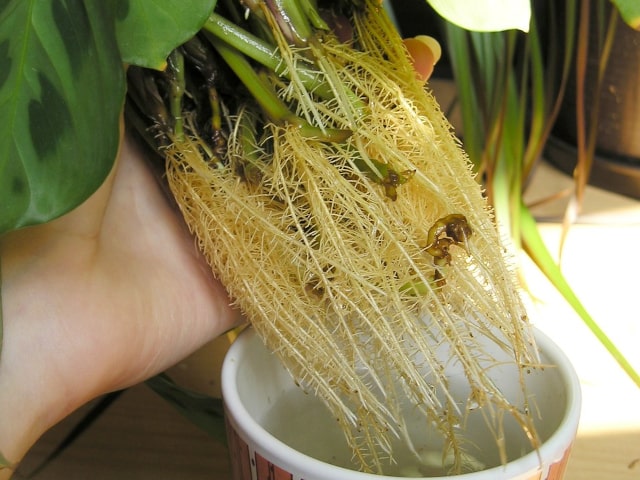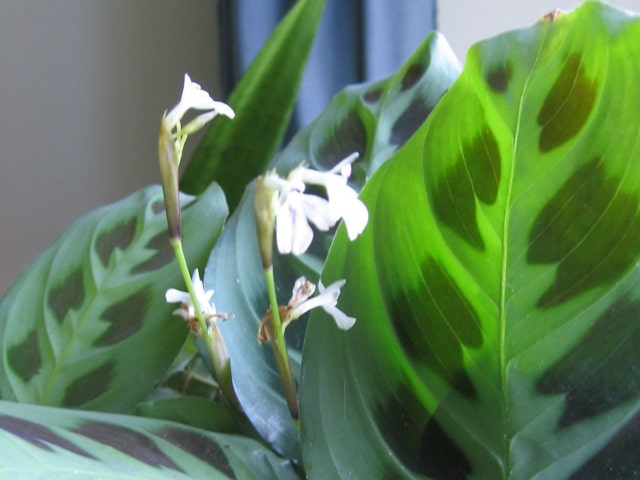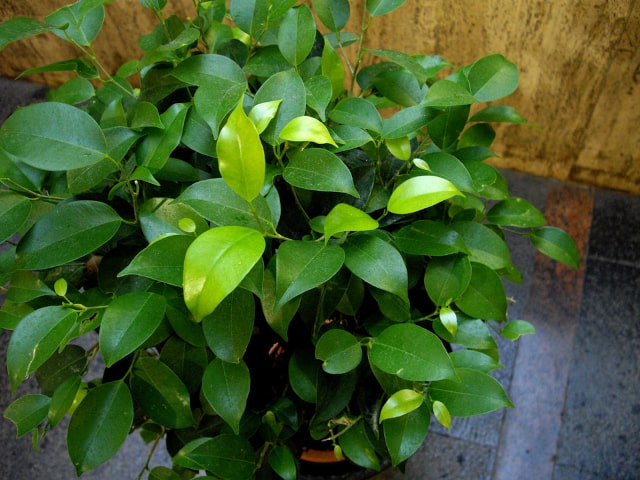
The Prayer plant (Maranta leuconeura) is a great choice for a houseplant. It is a very common plant you can grow in your home, and it is not difficult to make it thrive. However, it also has certain needs that you need to provide if you wish to grow a healthy and strong plant in your home.
Another thing you may wish to do is to propagate your Prayer plant. Propagation is something that many people choose, because it gives you more plants to enjoy in your home. You may also give new plants to your family and friends as gifts.
Prayer Plant Varieties
This plant is native to tropical Americas, mainly South America. There are around 40 to 50 species of Prayer plants. Most varieties of Maranta have underground rhizomes or tubers, with corresponding sets of leaves. Those leaves may be broad or narrow, depending on the variety. Also, the look of the leaves will vary between species. Some have leaves with pinnate veins that run parallel to the midrib. Similarly, flowers differ between varieties. Some have spiked blooms enclosed by bracts while others have small and insignificant blooms.
However, there are only two varieties that are commonly grown in homes around the world. If you wish to grow Prayer plants in your home, they will probably be of those two varieties. The most common varieties are those of species known as Peacock plant (Maranta leuconeura). This species doesn't have tubers and its flowers are small. It typically grows into low vines, which are ideal for hanging plants. The best thing about this species is its colorful, ornamental leaves.
The two common varieties that are grown in homes are Erythroneura and Kerchoviana.
- Erythroneura variety is also known as Red Nerve plant. It has greenish-black leaves with bright red midrib and lateral veins. The leaves are feathers with a lighter, green-yellow center.
- Kerchoviana variety, also known as Rabbit's Foot is herbaceous plant. It has a vining habit so it is commonly grown as vines. Its leaves have the upper surface that is variegated and velvety. They have patchy brown splotches that gradually turn green as the leaf matures. This variety is typically grown as a hanging plant. It produces small white flowers sometimes, but these are more common for the plant in its natural environment.
- Rarer varieties of Prayer plant include Maranta bicolor, "Kerchoviana Minima," and Silver Feather or Black Leuconeura.
Growing a Prayer Plant
Prayer plants are not difficult to care for, and it is relatively easy to make them thrive. However, there are some things you need to be aware of. Make sure to provide your prayer plant with everything it needs to thrive.
The first thing is to provide adequate lighting conditions. Prayer plants do best in bright, indirect sunlight. While it can tolerate a bit of low light condition, it shouldn't be left there for long periods of time.
This plant will thrive in temperatures between 60 degrees F (16 degrees Celsius) and 80 degrees F (27 degrees Celsius).
Another thing you need to provide is well-drained soil. Prayer plants enjoy moist soil, but never soggy. This is why the soil you use need to be well-draining. The best way to water your Prayer plants is by using warm water every two weeks. Follow this regime throughout the spring through the fall.
Fertilizing should also be done every two weeks during the same time, from spring through the fall. The best way to go is to use an all-purpose fertilizer.
Another thing to remember is that these plants require high humidity to grow properly, so make sure the air surrounding the plant is humid enough.
You should change watering and feeding regime during the winter. The soil should be kept drier, but air that is too dry can also be a common problem in the winter. To avoid any problems, place your Prayer plant among several houseplants. This should create more humid conditions for it. You should also mist your plant every day with warm water. Another good way to go is to place a bowl of water near the plant so increase humidity. You can also set your Prayer plant's contained on top of a shallow dish of pebbles and water. However, whatever you do, make sure that your Prayer plant is not directly in water. The plant should never sit directly in water because it can contribute to root rot.
How to Propagate Prayer Plant
If you wish to propagate your prayer plant, the best time to do so is in early spring. This is also the best time to repot your plant, and you can propagate your plant at the same time. The best method of propagation for Prayer plants is through division. When repotting, make sure to use ordinary potting soil, since it will give the best results.
You may also choose to propagate using stem cuttings. You should do this at the early spring to early summer, whether you wish to repot your plant or not. The best way to take cuttings is just below the nodes that are closest to the bottom of the stem. You can place the cuttings in a mixture of moist peat and perlite and cover them with plastic to retain moisture. Make sure to poke a few holes in the plastic to allow for proper ventilation. Place potted cuttings in a sunny location and wait for them to grow.
Sometimes, propagating Prayer plants happens by accident. If a piece of this plant has broken off, you can use it for propagation. Simply dip the broken end into rooting hormone and place it in distilled water. Make sure to change water every other day. Observe the formation of the roots. Wait until the roots are about an inch long to take the plant out of the water. Place it in the soil to have a new Prayer plant grow.
When propagating Prayer plants, keep in mind that there needs to be at least small part of the stem on the leaves so the piece can take root. Alternatively, you can root the piece directly in the soil, the way you do with cuttings.
Pest Issues
Prayer plants are houseplants, but they are prone to certain pests. The most common pests that attack these plants are mealybugs, aphids and spider mites. To prevent these insects from attacking, it is always important to fully inspect your plants before brining them inside from your garden. Check it regularly to notice any potential problems that may arise.
Photo credit: Carol Von Canon




0 Comments